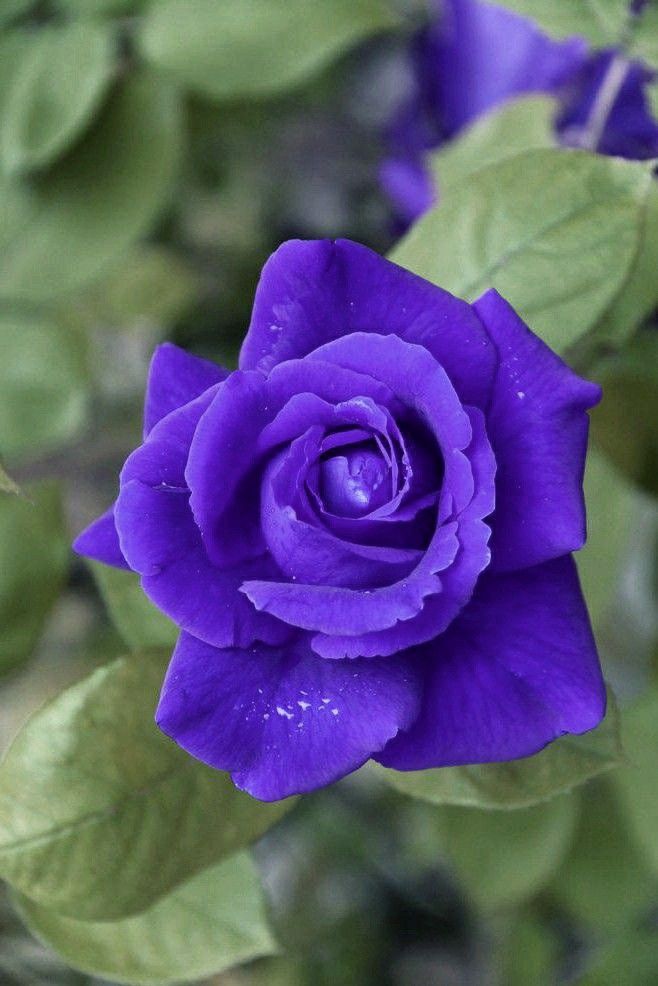Preventing diseases in roses is essential for maintaining their health and ensuring beautiful blooms. Here are tips and strategies to help you prevent common diseases in roses:








**1. *Choose Resistant Varieties:*
- Research and Selection: Choose rose varieties that are resistant to common diseases prevalent in your region. Research and select varieties known for disease resistance.
**2. *Planting Location:*
- Adequate Sunlight and Airflow: Plant roses in locations that receive adequate sunlight and allow for good airflow. Proper sunlight and ventilation reduce the risk of fungal diseases.
**3. *Spacing:*
- Adequate Spacing: Plant roses with sufficient spacing between them. This prevents overcrowding, which can lead to increased humidity and disease development.
**4. *Well-Draining Soil:*
- Avoid Waterlogged Conditions: Plant roses in well-draining soil to prevent waterlogged conditions that can contribute to root rot and other diseases.
**5. *Water at the Base:*
- Direct Watering: Water at the base of the plant rather than overhead. Directing water to the soil helps prevent foliage diseases, especially those caused by water splashing.
**6. *Mulching:*
- Organic Mulch: Apply organic mulch around the base of roses to regulate soil temperature, conserve moisture, and prevent soil-borne diseases.
**7. *Clean Garden Tools:*
- Sterilize Pruning Tools: Regularly clean and sterilize pruning tools with a solution of bleach and water. This helps prevent the spread of diseases from one plant to another.
**8. *Remove Diseased Plant Material:*
- Prompt Removal: Immediately remove any diseased or infected plant material, including leaves and stems. Dispose of the material away from the garden.
**9. *Proper Pruning:*
- Open-Center Pruning: Adopt an open-center pruning approach, especially for shrub roses, to enhance air circulation and reduce the risk of fungal diseases.
**10. *Fungicide Treatment:*
- Preventive Applications: Apply fungicides preventively, especially during periods of high humidity or when conditions favor disease development. Follow product instructions.
**11. *Companion Planting:*
- Natural Repellents: Plant companion plants that naturally repel common pests and diseases. Marigolds, garlic, and chives are known for their pest-repelling properties.
**12. *Monitor for Pests:*
- Early Intervention: Regularly monitor roses for signs of pests that can transmit diseases. Early intervention can prevent the spread of diseases.
**13. *Proper Watering:*
- Avoid Overhead Watering: Minimize overhead watering to reduce the duration of leaf wetness, which is conducive to fungal diseases.
**14. *Air Circulation:*
- Prune for Airflow: Prune roses to promote good air circulation. This helps reduce humidity around the plants and minimizes the risk of fungal infections.
**15. *Proper Nutrition:*
- Balanced Fertilization: Maintain proper nutrition through balanced fertilization. Well-nourished plants are more resilient to diseases.
**16. *Quarantine New Plants:*
- Observation Period: Quarantine new rose plants for an observation period before introducing them to the main garden. This helps identify and address any potential diseases.
**17. *Natural Predators:*
- Encourage Beneficial Insects: Attract natural predators like ladybugs and lacewings, which can help control pests that may transmit diseases.
**18. *Avoid Overhead Sprinklers:*
- Drip Irrigation: If possible, use drip irrigation instead of overhead sprinklers. Drip systems deliver water directly to the soil, minimizing leaf wetness.
**19. *Regular Garden Cleanup:*
- Fall and Spring Cleanups: Conduct thorough fall and spring cleanups to remove debris, fallen leaves, and any potential sources of disease.
**20. *Educate Yourself:*
- Learn About Diseases: Educate yourself about common rose diseases in your region. Knowing the signs and symptoms allows for early identification and intervention.
By implementing these tips and strategies, you can create a healthier environment for your roses and reduce the risk of diseases. Regular monitoring, prompt action, and a combination of preventive measures contribute to the overall well-being of your rose garden.